What Did Han Dynasty “Hanging Hair” Really Look Like?

The upcoming drama The Prisoner Of Beauty, recently announced for release, has stirred discussion online—not just for its plot, but also for the leading actress Song Zuer’s appearance. While many viewers have praised her styling as refined and beautiful, others have criticized it for being too “internet-influencer” in feel. It’s clear that the show draws inspiration from Han dynasty aesthetics, especially in terms of Chinese dress costume and hairstyling.
Ⅰ. Hairstyles in Historical Artifacts
However, it’s important to understand that Han-era hair fashion wasn’t about letting hair flow freely. Instead, the beauty ideal at the time emphasized the concept of “hanging but not loose”—long hair that draped down but was still neatly arranged or tied up, rather than we often see in modern TV dramas.
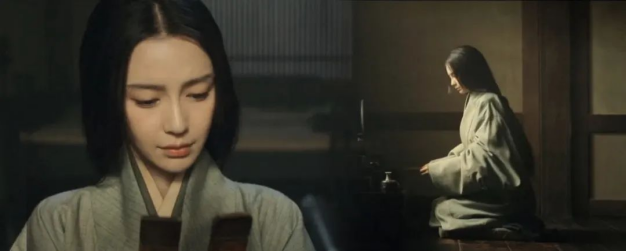
We can see a great example of this in a painted kneeling figurine from the Western Han period. This figure features several hallmark elements of Han beauty: slender “willow-leaf” eyebrows, a graceful kneeling posture, hands folded in front, and a low, hanging bun. The styling is simple, not overly ornate, yet it exudes a quiet elegance—a kind of rustic, classical charm.
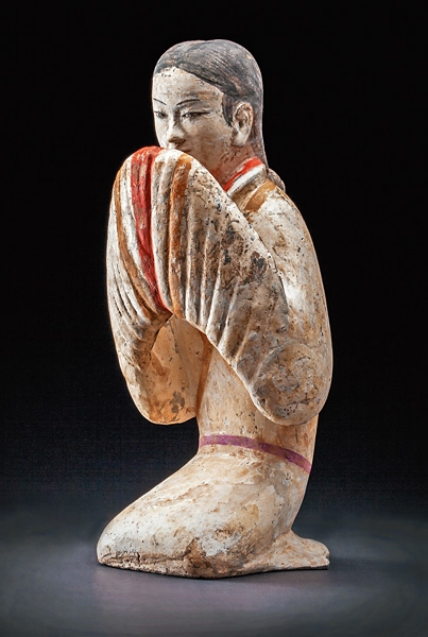
By examining various Han dynasty female figurines, we see a clear pattern: Han hairstyles were gentle and composed, often involving hair that was parted in the center, with the back portion tied into a bun or wrapped and secured with a ribbon. This style didn’t involve tall, elaborate buns or hair padding like we see in later dynasties. And contrary to modern drama interpretations, free-flowing hair was not typical for this era. Though understated, these hairstyles reflect a sense of fashion rooted in the everyday life and values of the time.
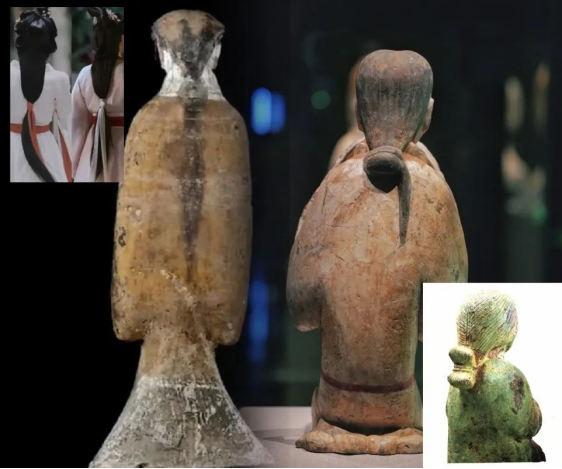
Ⅱ. The Different Hairstyles and Hair Accessories
One of the most iconic Han dynasty hairstyles featured hair tied into a low bun at the nape of the neck. Known today as the duo ma ji (堕马髻, literally, “falling horse bun”) or simply as a “hanging bun,” this style was characterized by a center part, with the hair tightly combed down on both sides of the head and gathered into a single bundle at the back. Sometimes, a small strand would be pulled out to hang loosely, adding a sense of softness and layering to the look.
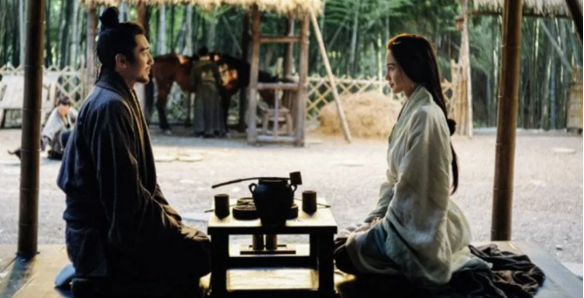
This style originated as an evolution of the chui ji (锥髻) from the pre-Qin period, and continued to be popular throughout the Han dynasty—so much so that both terms, chui ji and duo ma ji, were often used interchangeably in historical texts. Its influence extended even into the Three Kingdoms era. Modern historical dramas set in the Han period, such as The Secret Dragon in the Abyss and The Wind Blows from Longxi, have featured this hairstyle with great authenticity, leaving a strong visual impression on audiences.
The Book of the Later Han describes the look of women in the Eastern Han:
“She had a beautiful face and a seductive charm, with furrowed brows, tearful makeup, a falling horse bun, a soft waist-walk, and a toothy smile.”
This passage not only captures the allure of the time but also shows that even when tall, elaborate buns gained popularity in the later Han, the duo ma ji remained in fashion.
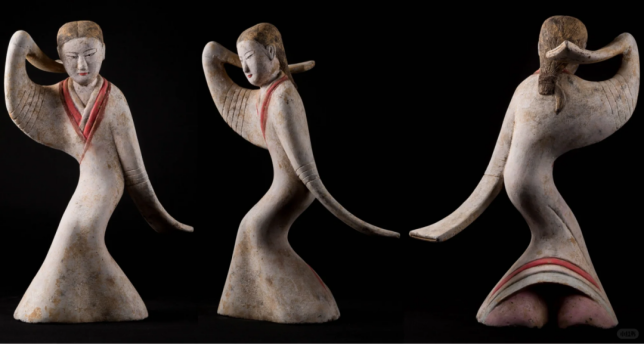
Over the centuries, the duo ma ji evolved, and although later versions may differ in structure, they still evoke a sense of natural elegance—what we might today call “effortless beauty” or “relaxed grace” untouched by heavy makeup or overly styled hair.
That’s not to say Han hairstyles were dull or overly plain. Women of the period can adorned their temples with buyao—delicate hairpins with dangling ornaments that swayed as they walked, bringing a sense of graceful movement. One elegant example can be seen in the midsection of the famous T-shaped silk painting from the Mawangdui tomb: a noblewoman is depicted wearing a pearl hairpiece resembling a buyao, showcasing the subtle beauty of Han dynasty fashion.

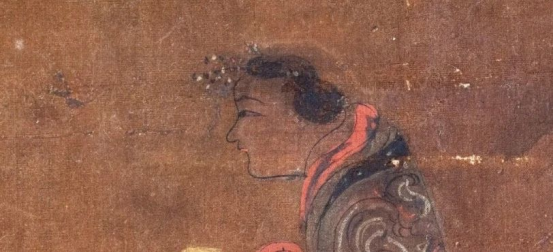
When it comes to hanfu hairstyle variety in the Han era, there were several well-known options beyond the popular duo ma ji (in top right corner). These included the bian ji (扁髻, flat bun in bottom left corner), yuan ji (round bun in bottom right corner), and chui ji (锥髻, cone bun in top left corner), each with its own unique structure and aesthetic.
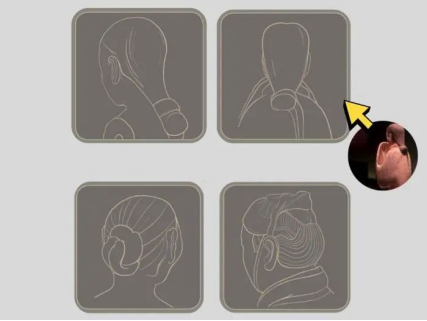
Ⅲ. Han Dynasty Hairstyles in Modern Costume Dramas
In recent years, historical costume dramas have started to break away from the old trope of long, flowing hair to depict Han dynasty characters. Instead of the loose-hair look—which was historically inaccurate—shows are now more likely to use tied-up styles or low buns. Often, the hair is styled into slightly elevated buns at the crown of the head, blending historical elements with modern aesthetics and cinematic flair. That said, truly accurate Han-inspired hairstyles remain relatively rare on screen.
For fans of historical accuracy and costume reconstruction, some dramas like The Wind Blows from Longxi have stood out for incorporating styles that feel more faithful to Han dynasty traditions—though most still involve some level of artistic adaptation for screen. These shows manage to capture the understated elegance of Han fashion: modest yet refined, and quietly luxurious in a distinctly Han Chinese way.
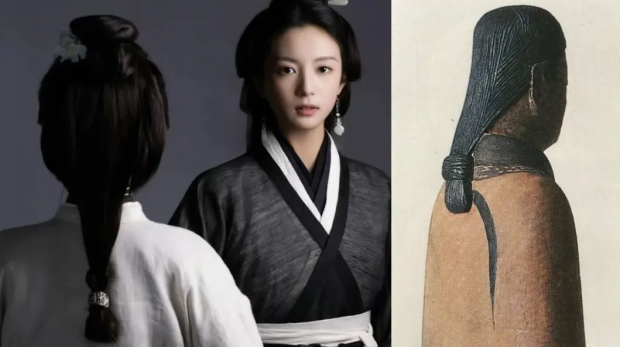
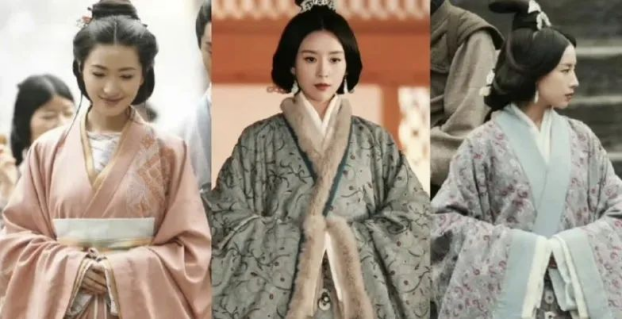
For fans of historical accuracy and costume reconstruction, some dramas like The Wind Blows from Longxi have stood out for incorporating styles that feel more faithful to Han dynasty traditions—though most still involve some level of artistic adaptation for screen. These shows manage to capture the understated elegance of Han fashion: modest yet refined, and quietly luxurious in a distinctly Han Chinese way.
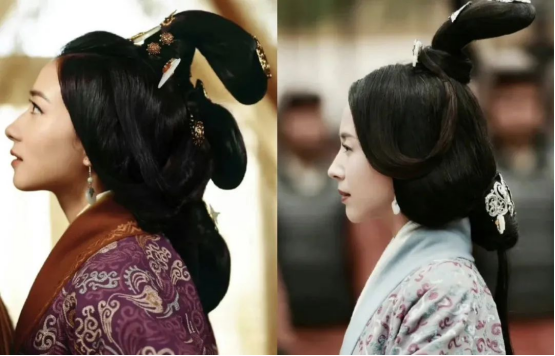
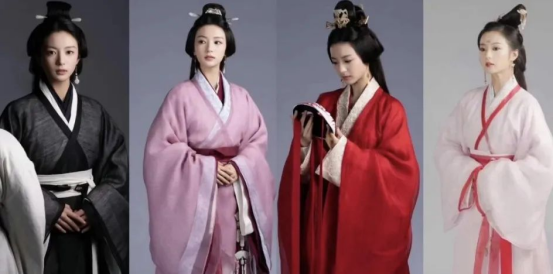
For casual fans of historical dramas, modern hairstyles featuring elevated buns—like those seen in The Secret Dragon in the Abyss and Zheyao—offer a strong visual impact and tend to accentuate the face shape. This trendy combination has also influenced many offline photoshoots, making these elevated bun styles popular choices for Qin and Han period-themed shoots. In fact, they’ve become a fresh take on Han-style fashion.
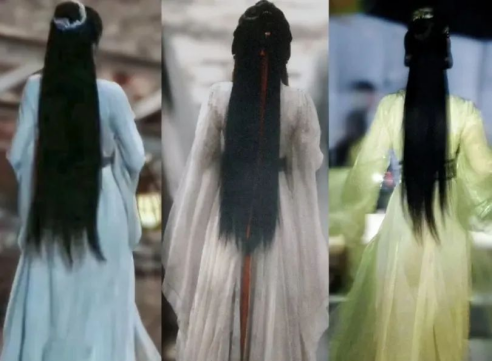
It’s worth noting that the loose, flowing hairstyles commonly seen in modern costume dramas and photo shoots shouldn’t be taken as historically accurate representations. Because from the Han dynasty onward, influenced by Confucian values, wearing one’s hair loose was often seen as a mark of the “uncivilized” or “barbaric”—a trait associated with people outside mainstream Han culture.
Summary
The fusion of traditional and modern styles gives us a wide variety of looks to appreciate—each with its own charm. Today, Han-inspired hanfu hairstyles in TV dramas have developed a recognizable modern aesthetic, often stylized for dramatic effect. In contrast, historical reconstructions tend to be more minimalist, yet they carry a timeless, elegant dignity that reflects the quiet grandeur of ancient life.
So which style speaks to you more—the stylized drama look or the historical revival? Share your thoughts in the comments below!
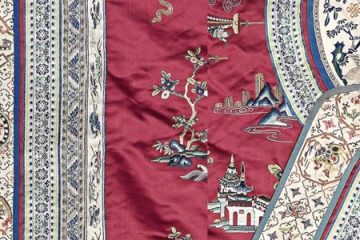
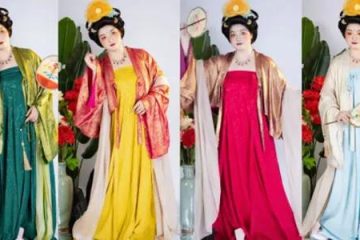
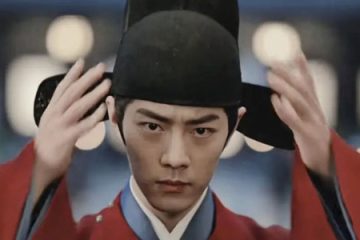
0 Comments